Neighbourhood committees have played a vital role in governing local life in China since the establishment of the People’s Republic. During the COVID-19 pandemic, they have demonstrated flexibility in implementing political directives and policies from above. However, the grassroots management structure of neighbourhood committees is struggling to adapt to the increasing complexities that characterise a modern urban society.
Shanghai: a case study
Last July, Shanghai issued regulations on how to sort household garbage. Traditional and social media platforms overflowed with discussions about the strictness of these new regulations and the absurdity of their experiences dealing with them. Many Shanghai people will remember the morning greeting of the neighbourhood committee ‘dama’ (大妈, aunts): “what kind of garbage are you?” (你是什么垃圾)
The (occasionally funny but often annoying) daily encounters with neighbourhood committees illustrate their crucial role in implementing government regulations from above.
The outbreak of the COVID-19 in December 2019 became a real test for local neighbourhood committees in Shanghai and other cities in China.
At the beginning of 2020, the central leadership issued a series of government regulations to control the epidemic. These regulations are implemented by neighbourhood committees at the local level. Shanghai, a metropolis that pioneered the urbanisation process in China, serves as an excellent lens to zoom into how efficient the neighbourhood committee is in governing its residents.
On 26 January 2020, the Shanghai Municipal Government announced new measures to strengthen pandemic control and prevention of new cases. The document lists three guidelines with respect to political work, collaboration, and accountability. One of the general guiding principles is “location-based management” (属地管理). According to this principle, pandemic control falls on the shoulders of each individual precinct in Shanghai. Each village, town, and residential district is required to mobilise ground-level communities (基层社区) to launch health management plans that comply with the municipal and district plans. In particular, the document assigns the responsibility for governing “outsiders” (外来人员), that is, those who do not live in that area, to each village committee and neighbourhood committee.
Variation and autonomy
As grassroots political organisations, neighbourhood committees enjoy a certain degree of autonomy in exercising their duties. The announcement from the Shanghai Municipal Government serves as a set of guiding principles, but it also allows each district to prescribe its own rules, as long they adhere to those principles. For example, Changning district issued two announcements on epidemic control and detailed a list of tasks for residents.
Due to the different stages of development in the local urban history, the district focused on five categories of communities (state-owned houses after sale, ordinary commercial houses, commercial houses relating to foreigners, old Western-style houses, and resettlement houses). By contrast, suburban districts that have urbanised more recently focused on only two of these categories (commercial houses and resettlement houses). In other words, limited autonomy allows each district and local community to adopt measures that suit their own local situation.
But such variation in measures also generated resentments, as individuals’ daily experiences can differ vastly depending on what kind of measures local neighbourhood communities took. Many complained via social media about the disparities between official government policies and the way that these policies were implemented at the local level by neighbourhood committees.
The role of women
Women have long played a leading role in the work of neighbourhood committees. These women are party members and assume the role of secretaries in local neighbourhood committees. In the news reports on the work of local cadres, female party leaders are often cast as role models in local governance. For example, in a February Xinmin Evening News report, the female general secretary of a residential community, Yu Lin, was depicted as a very diligent worker caring for the needs of the local people.
The primary role of women in the neighbourhood community can be traced back to the 1950s. At the time women constituted around 55% of cadres in neighbourhood organisations, the majority of whom were housewives (according to Professor Wang Zheng at the University of Michigan, “all women without gainful employment at the time were lumped into this category and was close to the class standing of bourgeois”). The incorporation of housewives into the neighbourhood community was meant to liberate housewives “from subordinate positions and to engage them in social production.” The adoption of “gender lines” together with class lines, as Wang points out, helped the Communist Party reorganise Shanghai after it achieved victory over the nationalists in 1949, by reaching women in all neighbourhoods. In contemporary Shanghai, women still work as local leaders in governing the intertwined local communities, which helps to stabilise the complex urban structure that constitutes Shanghai.
Challenges of local governance
“Location-based management” specifies that accountability is at the local level. This puts the neighbourhood committees at the front line of pandemic control. As neighbourhood committees do not want to take responsibility for failures, the result is they sometimes fall into the trap of implementing blanket uniform measures — cutting at one stroke (一刀切) — rather than differentiated measures, despite the increasing complexity of modern society. In governing everyday life, the challenge of an increasingly mobile population in the urban region has become a thorny one for the neighbourhood community to tackle.


